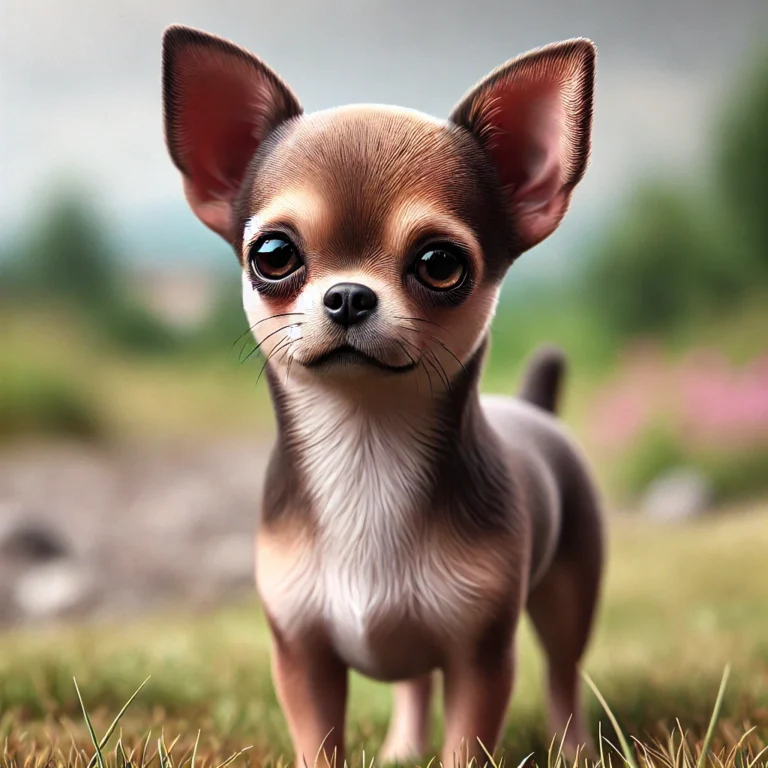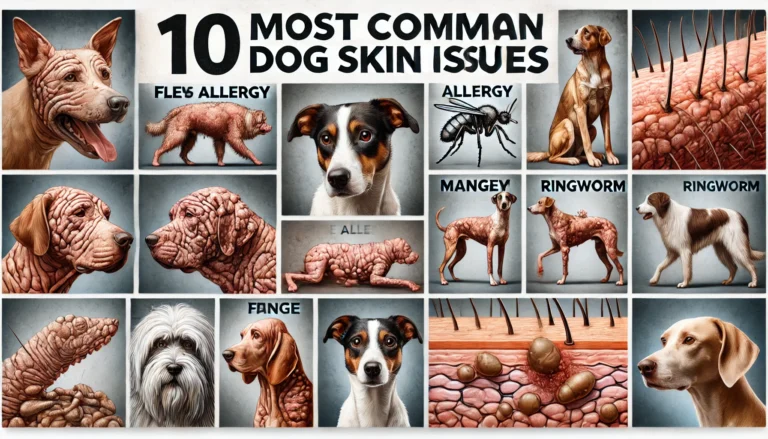belgian malinois dog breed: health and care
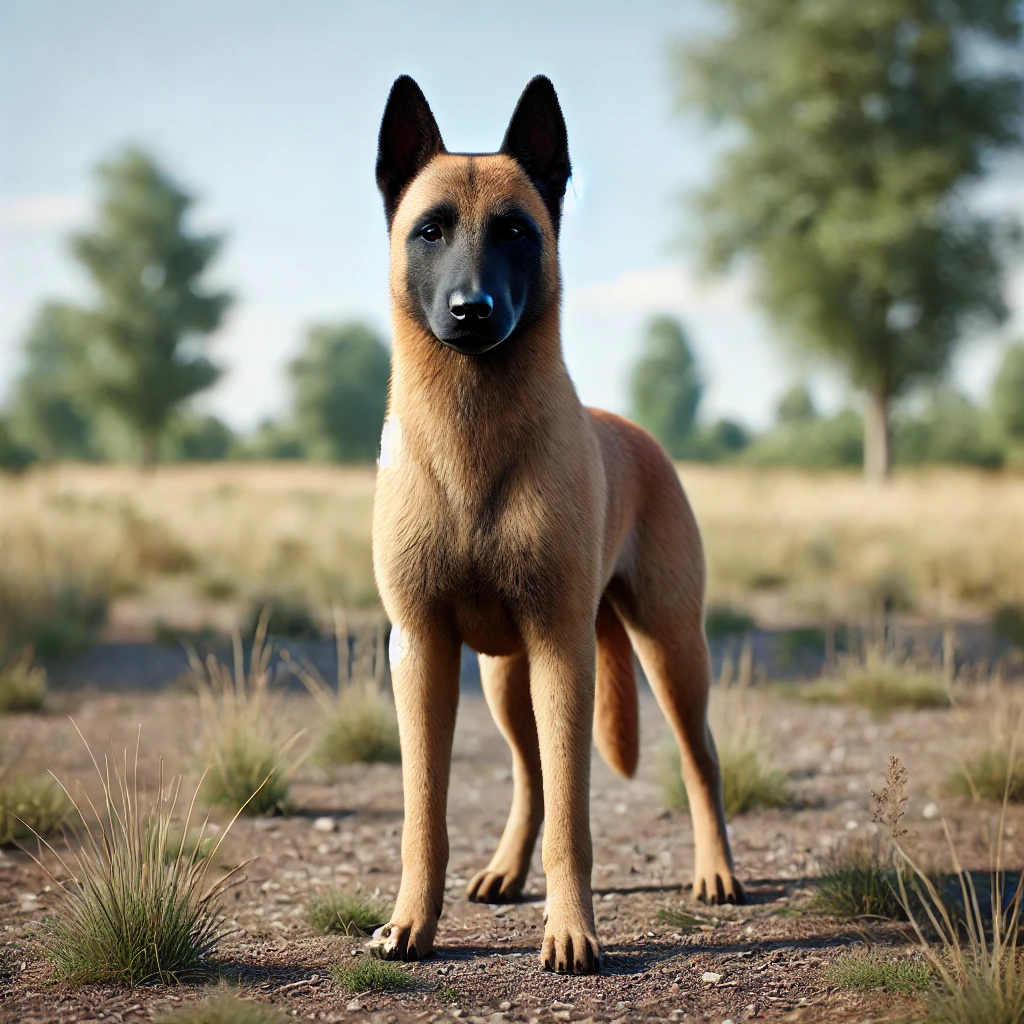
The Belgian Malinois is a robust, intelligent breed often mistaken for a German Shepherd due to its similar physical appearance and high energy levels. Known for its exceptional work as a police dog and in military roles, the Malinois demands specific care to maintain its health and vitality. The Belgian Malinois, a standout among the shepherd breeds, is not only a loyal companion but also a supreme working dog. Its compact size and agile nature make it ideal for various roles including that of a K9 unit in police forces globally, often noted alongside breeds that look like German Shepherds.
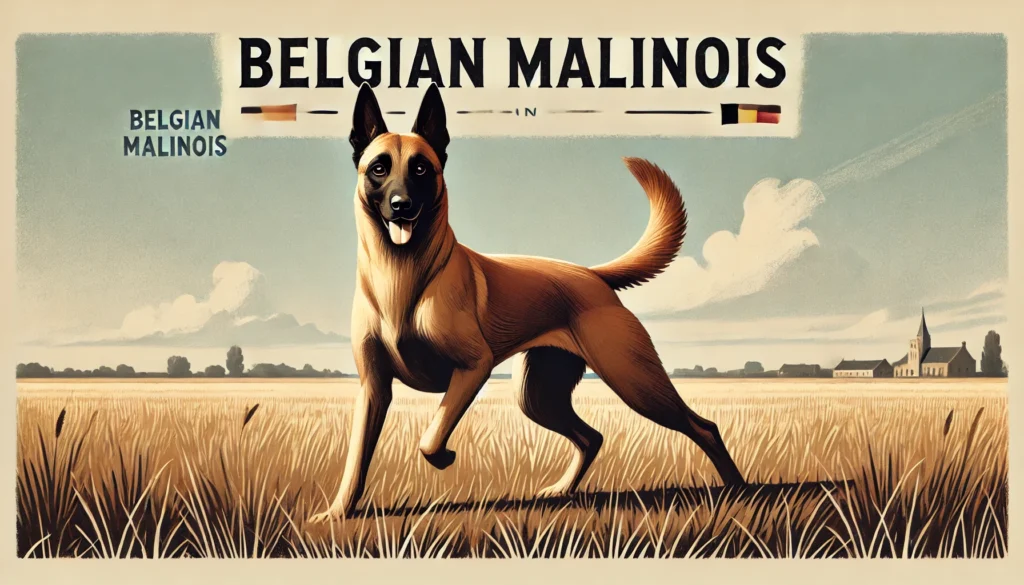
Physical and Temperamental Characteristics
The Malinois Build: Athletic and Agile
Distinguished by their lean, muscular build, the Belgian Malinois is slightly smaller than the typical German Shepherd. A fully grown Malinois weighs between 40 to 80 pounds, with females typically on the lower end of this spectrum. Their coat, while similar to that of the German Shepherd’s, is typically shorter and requires less grooming.
Temperament: Energetic and Driven
Malinois are known for their high energy levels and intelligence. They are highly trainable, which makes them excellent candidates for demanding jobs such as those in military and police roles. However, this high drive requires appropriate mental and physical stimulation to prevent behavioral issues.
Tips
In order to draw a comparison between German Shepherd and Belgian Malinois, it is important to draw a comprehensive guide to German Shepherd health and care.
Health Considerations
Common Health Issues
Belgian Malinois are generally healthy, but like all breeds, they’re prone to certain health conditions. Here are some conditions to be aware of:
- Hip and Elbow Dysplasia: Similar to other large breeds, hip and elbow dysplasia are common. Regular check-ups can help manage this condition, with treatments ranging from medication to surgery.
- Progressive Retinal Atrophy: An inherited disease that can lead to blindness.
- Epilepsy: Managing this neurological condition often involves lifelong medication.
Preventative Measures
Regular veterinary visits are crucial for maintaining the health of a Malinois. Vaccinations, routine check-ups, and parasite control help prevent major health issues.
| Age | Vaccinations | Dental Checks | Physical Exams | Common Concerns |
|---|---|---|---|---|
| Puppy (0-1 yr) | Initial series + rabies | Every 6 months | Every 3-4 months | Parasites, Distemper |
| Adult (1-7 yrs) | Annual boosters | Annually | Every 6 months | Hip Dysplasia, Allergies |
| Senior (8+ yrs) | Bi-annual boosters | Annually | Every 6 months | Arthritis, Vision Loss |
Dietary Needs
Nutritional Requirements
Malinois require a diet that is rich in proteins and fats to support their high energy levels. Puppy Malinois should be fed high-quality puppy food that is specific to large breeds to ensure proper growth and bone health.
Table: Recommended Daily Caloric Intake for Belgian Malinois
| Age | Activity Level | Daily Calories |
|---|---|---|
| Puppy | High | 1400-1600 kcal |
| Adult | Moderate | 1800-2200 kcal |
| Senior | Low | 1400-1600 kcal |
Exercise and Training
Exercise Needs
To manage their energy levels, Malinois require at least two hours of vigorous exercise daily. Activities like running, agility training, and fetch are ideal for keeping them engaged and fit.
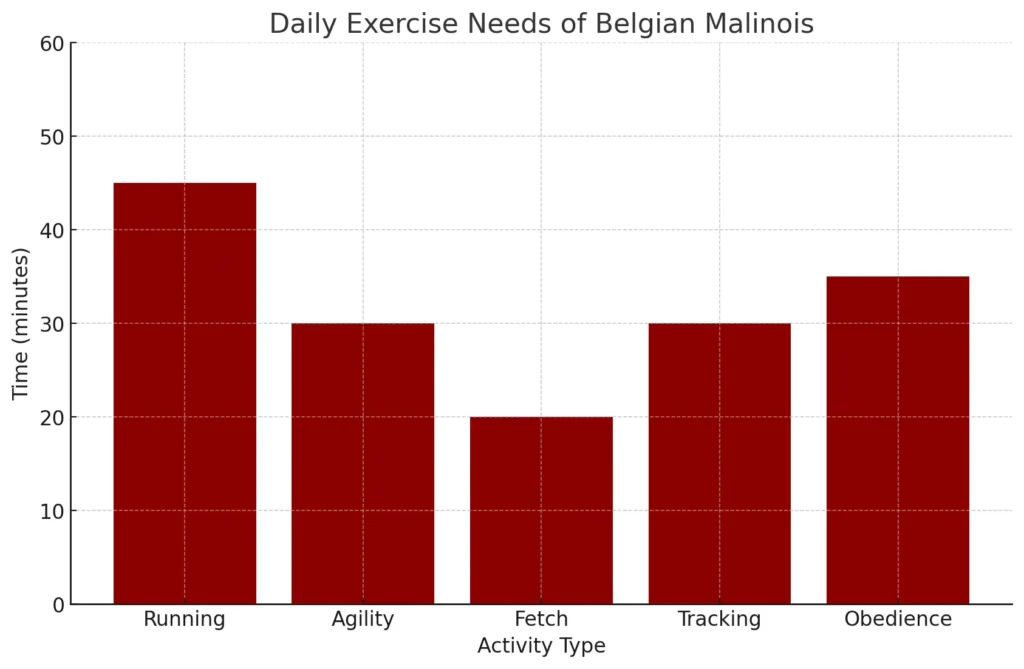
Training Requirements
Training should begin early, focusing on basic commands and socialization. Malinois excel in obedience, tracking, and agility, which not only keep them physically active but also mentally stimulated.
Grooming and Care
Basic Grooming
Despite their shorter coat, Malinois do shed, especially during the change of seasons. Regular brushing helps manage shedding and keeps the coat healthy. Bathing should be done only when necessary, to preserve the natural oils in their skin.
Living With a Malinois
Home and Family Integration
Malinois are best suited to homes where they can have plenty of space to move around. They can be great family dogs if raised with children from a young age but should be supervised due to their high energy and strength.
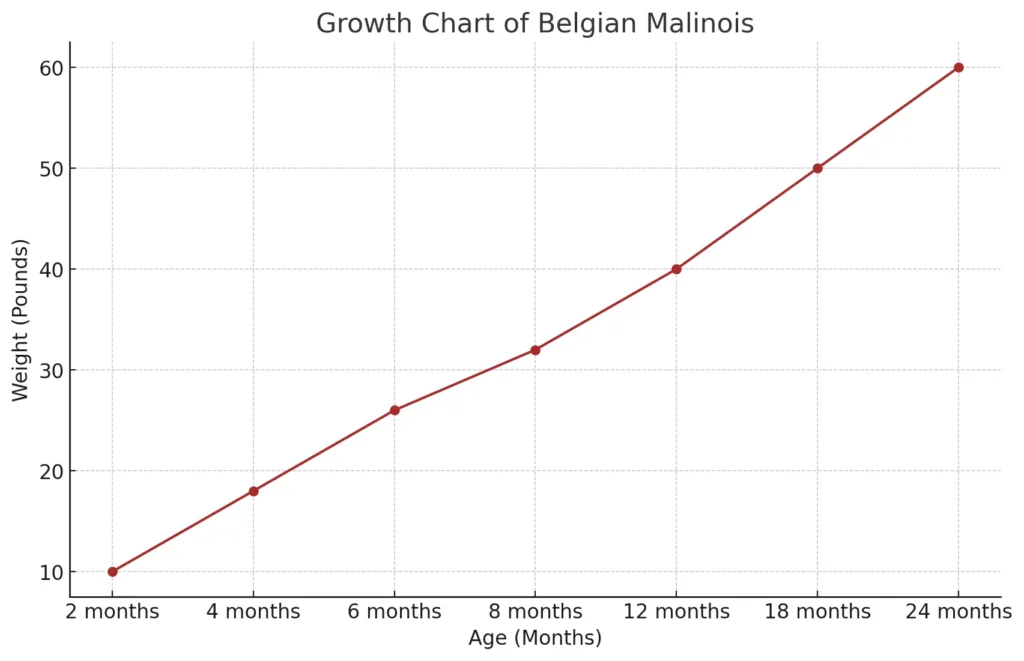
Adoption and Purchase
Choosing a Belgian Malinois
When looking to bring a Malinois into your home, consider adoption from shelters where many end up due to a lack of understanding of their needs. If purchasing from a breeder, ensure they are reputable and perform genetic testing to prevent the propagation of common genetic issues.
differences between german shepherd and belgian malinois
| Feature | German Shepherd | Belgian Malinois |
|---|---|---|
| Size | Large (22-26 inches) | Medium-large (22-26 inches) |
| Coat | Thick, medium length | Short, weather-resistant |
| Energy Levels | High | Very high |
| Intelligence | Very high | Very high |
| Training | Highly trainable, responsive | Highly trainable, intense focus |
| Health Concerns | Hip dysplasia, bloat | Hip dysplasia, epilepsy |
| Lifespan | 9-13 years | 12-14 years |
| Temperament | Confident, calm | Alert, energetic |
Conclusion
Owning a Belgian Malinois is a rewarding experience for individuals who can meet their high demands for exercise and mental stimulation. Proper health care, nutrition, and regular veterinary check-ups ensure that your Malinois is not only a capable working dog but also a healthy and joyful family member.




